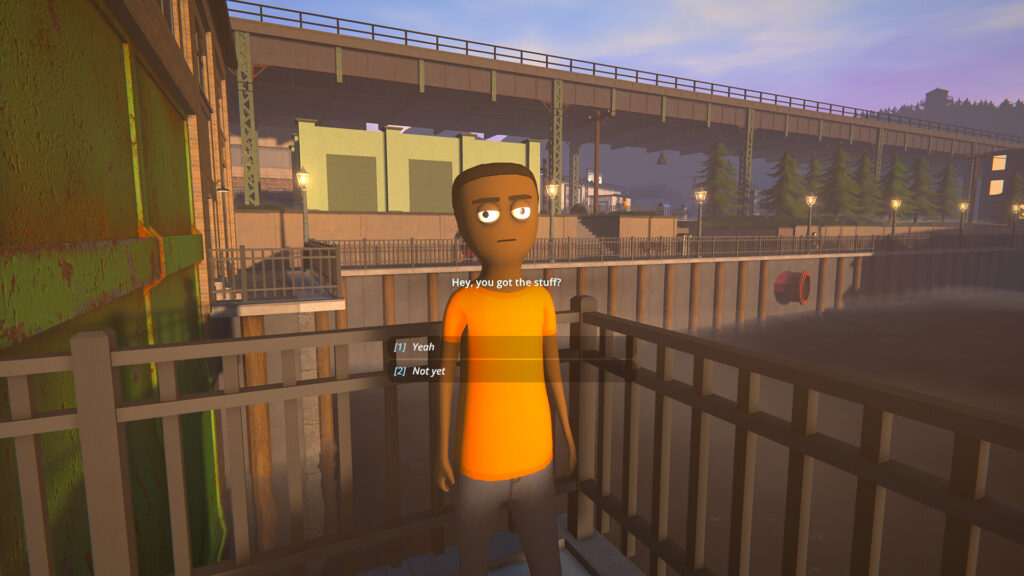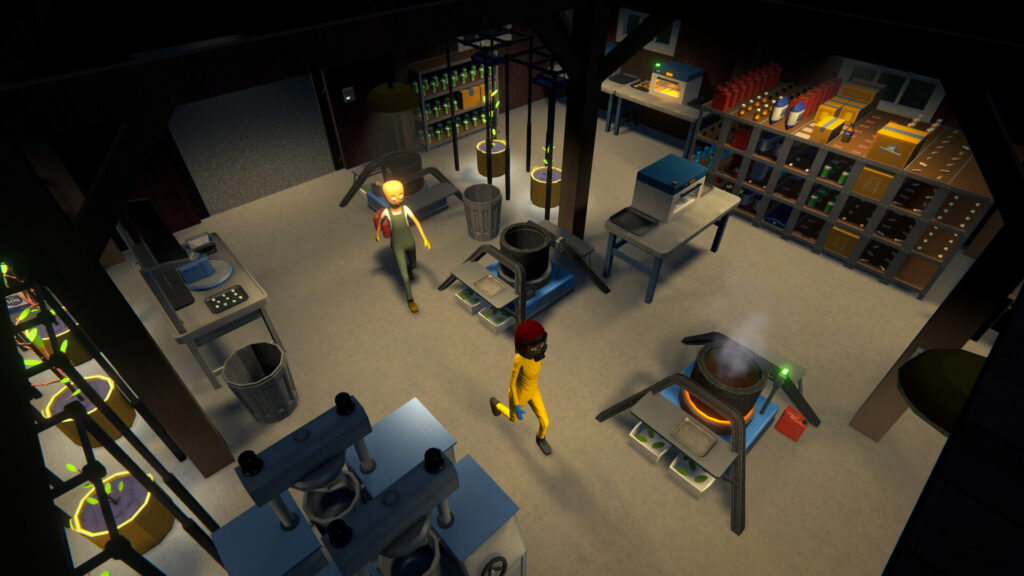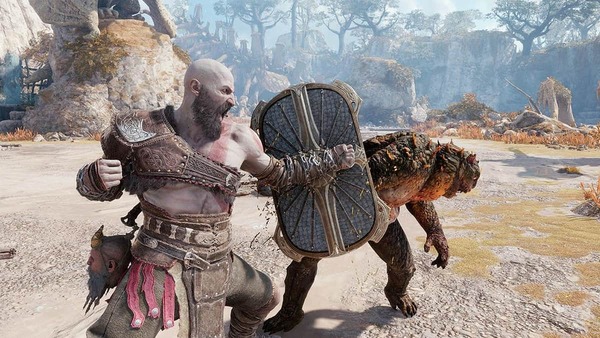Popular Now
In Schedule 1, resource scarcity isn’t just a gameplay mechanic—it’s a narrative engine that shapes every moral decision, combat encounter, and faction alignment. This article investigates the specific issue of ingredient scarcity, exploring how limited supplies of chemicals and tools heighten tension, influence player psychology, and force difficult ethical trade-offs. We analyze ten stages of the game’s progression—each marked by evolving resource challenges—and how they impact long-term strategy and story.

-
The Initial Shortages: Surviving the Slums
When players begin in the Slums, basic ingredients like acetone and distilled water are scarce. Hoarding these materials becomes survival insurance, establishing the game’s baseline pressure.
Scarce supplies drive early inventory anxiety. Players must choose whether to spend solvents on healing or save them for high-value recipes later. This sets up a survival-first mentality that defines the player’s relationship with the world.
Psychological Lock-in
Players often avoid exploration to preserve what little they have, developing cautious playstyles.
First Sociological Dilemma
Should you help a dying NPC with medicine or save it for your next mission? These dilemmas are core to the game’s ethical tone.
Read more: Schedule 1 Complete Guide: Characters, Drug Crafting, Factions, Combat, and Endings
-
Establishing the Safehouse: Gathering the Essentials
Once the safehouse is secured, the next challenge becomes upgrading lab tools. Component specialization quickly arises: do you install high-precision burners or expand storage capacity?
Choosing between crafting speed or space forces long-term planning. Upgrade paths define how you’ll play the rest of the game—either slow and safe, or fast and risky.
Upgrade Prioritization
Your early lab choices shape all future builds. There's no optimal path—only trade-offs.
Supply Choke Points
Investing in one production path too early can stall your ability to make basic meds.
-
First Faction Choice: Ingredient Trading Pressures

The first faction you ally with depends heavily on your chemical reserves. The Freemen may request specific compounds, while the Vault offers rare blueprints for the right ingredients.
Now, ingredients become currency for diplomacy. Giving away rare chemicals builds faction trust but leaves you vulnerable in combat and story progression.
Political Leverage
Solvents and enhancers act as political capital, redefining reputation mechanics.
Ethical Shortages
Moral quests may ask you to give up rare supplies, testing your resolve under pressure.
Read more latest news about game
-
Mid-Game Rush: Scaling Compound Production
Once you unlock B-class and C-class drugs, the production scale increases rapidly. Ingredient demands spike, and inefficiencies in your setup become obvious.
Players are forced to optimize production loops. You can't make everything, so you begin choosing what to produce based on mission needs and predicted enemy encounters.
Production Queue Stress
You’ll begin scheduling crafting weeks in advance, treating medicine as a logistics problem.
Idle Opportunity Cost
Every second your gear isn't working is lost potential—and lost survival odds.
-
Combat and Scarcity: Ingredient Loss and Risk

Combat introduces a new twist: ingredient loss upon death or escape. A failed mission can wipe out hours of collecting and crafting.
Combat shifts from a tactical puzzle to a resource risk calculation. Players begin to avoid encounters not because of difficulty, but because of what they might lose.
Risk vs. Reward Combat
Every fight is a gamble with your future production.
Stressful Extraction
Missions become sprints—not to kill, but to get back to base with your inventory intact.
Review and download more Game ( click here )
-
The Black Market Crisis: Inflation Effects
Late in the game, ingredients become part of a dynamic economy. Prices for rare compounds fluctuate based on faction control and player behavior.
Suddenly, your lab isn't just a science center—it’s a trading hub. Managing market shifts becomes vital for progression and survival.
Price Controls vs. Free Market
Factions may regulate markets, adding strategic complexity to buying and selling.
Hoarding Mentality
Players start stockpiling ingredients, creating real-time scarcity in the world economy.
-
High-Tier Edge Cases: Ingredient Sink Mechanics
High-end crafting introduces sink mechanics—rare resources used once for permanent upgrades. You need unique enzymes, catalysts, and radioactive agents.
These ingredients are tied to boss fights, elite raids, or random world events. They're not grindable, and missing one could lock you out of top-tier builds.
Funnel Design
The game channels players into tough encounters specifically to access top ingredients.
Resource Gatekeeping
Story progress may be bottlenecked until certain enzymes are acquired.
-
Psychological Fatigue: Inventory Trauma

Constant resource management begins to affect player psychology. You’ll feel anxiety before every mission, unsure if your chemicals will last or be lost.
This design causes emotional fatigue. Players start skipping side quests or rushing the main story to avoid another scavenging loop.
Burnout Symptoms
Players report quitting temporarily due to "crafting fatigue."
Breakpoints
Some users intentionally avoid upgrades to stop the resource drain.
Play online Game H5 ( click here )
-
Community Strategies: Efficient Scarcity
Communities have formed around optimizing ingredient management. From crafting guides to black-market mapping, players collaborate to minimize waste.
Popular tactics include ingredient farming cycles, optimal trade routes, and stealth-based missions that yield maximum chemicals with zero conflict.
Shared Scarcity Intelligence
Forums and wikis now function like digital black markets.
Emergent Difficulty Curves
Some players master scarcity and dominate, while others fall behind due to minor missteps.
-
Endgame Resolution: Rebalancing Scarcity

Late in the game, Schedule 1 softens its grip. More ingredients appear, crafting becomes streamlined, and upgrades feel more accessible.
This allows players to finish their builds, see story endings, and explore without oppressive limitations.
Narrative Denouement
Abundance symbolizes hope, aligning with story arcs about redemption or transcendence.
Design Wisdom
The game loosens tension when challenge is no longer the emotional focus.
Ingredient scarcity in Schedule 1 isn’t just a gameplay system—it’s the spine of the entire experience. From the moment you start gathering chemicals in the Slums to the endgame push for transcendence, scarcity drives every decision, fuels every moral dilemma, and shapes how players approach both story and strategy. It creates real emotional investment, making every loss painful and every success meaningful. Mastering this one mechanic unlocks the full power of what Schedule 1 is trying to say: survival isn't about what you have—it's about what you're willing to give up.


















